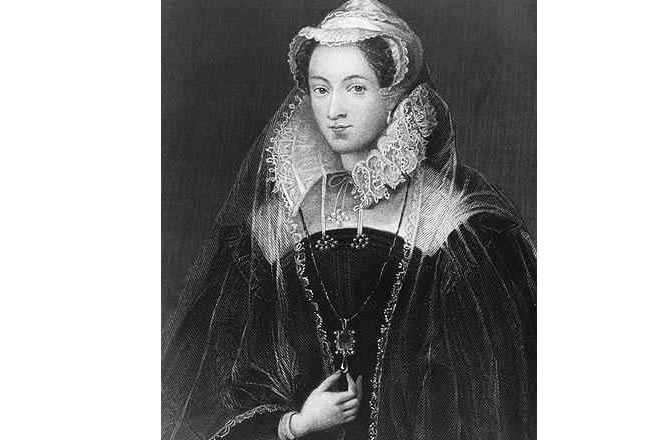
Under Malcolm III (Malcolm Canmore), d. 1093, king of Scotland (1057–93), son of Duncan I; successor to Macbeth (d. 1057). It took him some years after Macbeth's death to regain the boundaries of his father's kingdom.
(Image © Billie Love)

 |
|
| The Picts , ancient inhabitants of central and N Scotland, of uncertain origin. First mentioned (A.D. 297) by the Roman writer Eumenius as northern invaders of Roman Britain, they were probably descendants of late Bronze Age and early Iron Age invaders of Britain of obscure origin, inhabited Scotland from prehistoric times. The Romans attempted vainly to penetrate Scotland, and their successive lines of forts and walls proved inadequate to contain the northern tribes of Picts and Celts. Christianity had been introduced into Scotland before they left by St. Ninian and his disciples Columcille from Ireland reintroduced Christianity to Scotland. | |
| The usages of the Celtic Church Celtic Church, After the decline of the Under Malcolm III (Malcolm Canmore), d. 1093, king of Scotland (1057–93), son of Duncan I; successor to Macbeth (d. 1057). It took him some years after Macbeth's death to regain the boundaries of his father's kingdom. |
|
| The Struggle with England | |
| In the reign of William the Lion 1143–1214, king of Scotland (1165–1214), brother and successor of Malcolm IV. Determined to recover Northumbria (lost to England in 1157), he supported the rebellion (1173–74) of the sons of Henry II of England. Scotland became a fief of England by a treaty extorted (1174) from William by Henry II. In 1189 Richard I sold the Scots their freedom. | |
| The first historical record of Wallace's activities concerns the burning of Lanark by Wallace and 30 men in May, 1297, and the slaying of the English sheriff, one of those whom Edward I | |
| Modern Scotland | |
| Concentration on heavy industry meant that Scotland was an important arsenal in World War I. It also meant that Scotland suffered heavily in the depression between the wars. In World War II, despite the fact that its industry supplied a great deal of the British war material, Scotland was not extensively damaged by bombing. After the war the steady exodus of population from the Highlands continued; in an effort to make the Highlands again profitably habitable, a program of reforestation and hydroelectric development, begun in a small way as early as 1922, was increased. Immigration from Ireland added to Scotland's urban population. | |
| https://encyclopedia2.thefreedictionary.com/Scottland | |
| Mary Queen of Scots | |
| Scottish monarch Mary Queen of Scots, who was crowned in infancy and later imprisoned and executed by her cousin Elizabeth I of England. Regarded by some as the pawn of the people who surrounded her, she remains a powerful figure in history and literature. Her life is portrayed in the tragedy Maria Stuart (1800) by Schiller and in Walter Scott's popular historical novel The Abbot (1820). (Image © Billie Love) |
|
 |
|
| https://encyclopedia.farlex.com/_/viewer.aspx?path=hut&name=0020n091.jpg | |